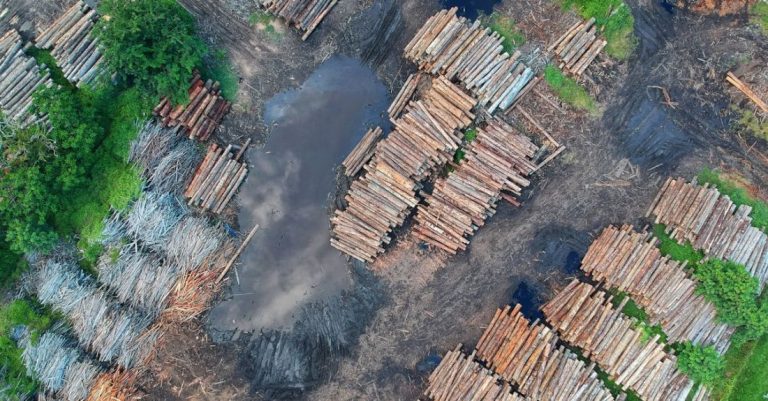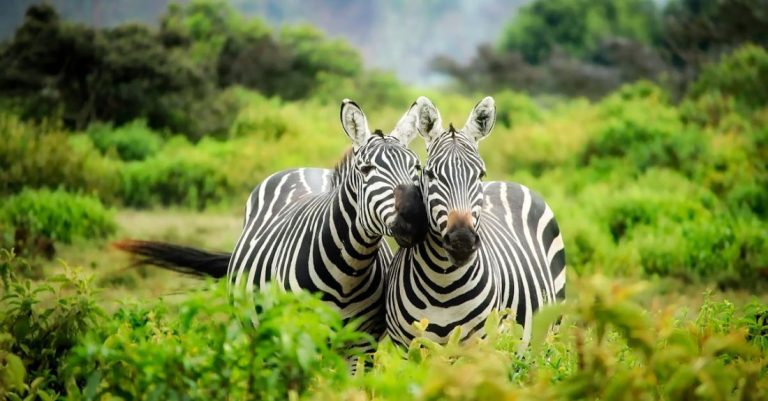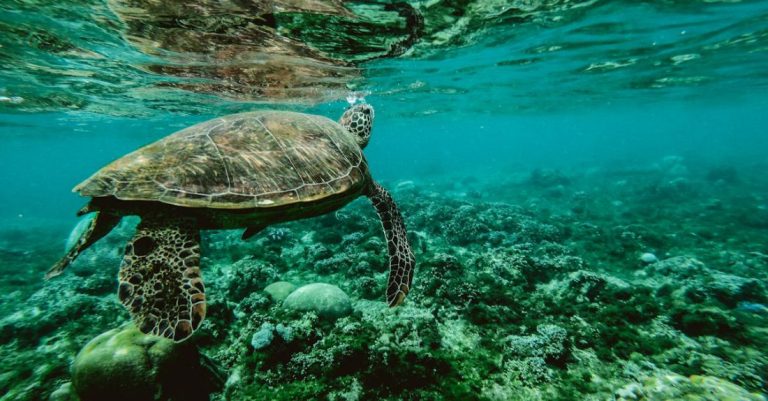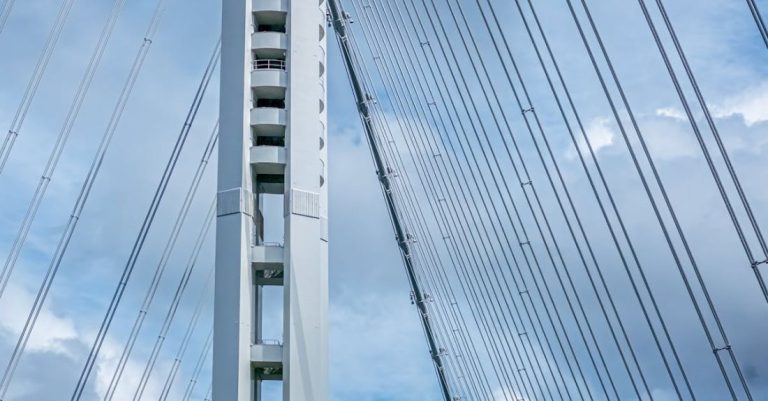
Conservation Strategies: Preserving Our Planet’s Precious Resources
As the world’s population continues to grow and natural resources become increasingly scarce, conservation strategies play a critical role in ensuring the sustainability of our planet for future generations. From protecting biodiversity to mitigating climate change, effective conservation efforts are essential for maintaining the delicate balance of ecosystems and preserving the rich diversity of life on Earth. In this article, we will explore some of the most impactful conservation strategies that are being implemented around the world today.
Preserving Natural Habitats
One of the most fundamental conservation strategies is the preservation of natural habitats. By protecting ecosystems such as forests, wetlands, and coral reefs, we can safeguard the biodiversity that is essential for the functioning of our planet. Deforestation, habitat destruction, and urbanization are major threats to many species, leading to a loss of biodiversity and ecosystem services. Conservation efforts focus on creating protected areas, establishing wildlife corridors, and promoting sustainable land management practices to preserve these vital habitats.
Sustainable Resource Management
Another key conservation strategy is sustainable resource management. This involves using natural resources in a way that meets current needs without compromising the ability of future generations to meet their own needs. Sustainable forestry, fisheries, and agriculture practices are essential for ensuring the long-term health of ecosystems and the communities that depend on them. By promoting sustainable resource management, we can reduce overexploitation, minimize waste, and protect valuable resources for the future.
Combatting Climate Change
Climate change is one of the most pressing environmental challenges of our time, with far-reaching implications for ecosystems and human societies. Conservation strategies that address climate change focus on reducing greenhouse gas emissions, promoting renewable energy sources, and enhancing carbon sequestration in forests and soils. Protecting natural carbon sinks such as forests and wetlands is crucial for mitigating the impacts of climate change and building resilience in vulnerable ecosystems.
Community Engagement and Education
Effective conservation strategies also involve engaging local communities and raising awareness about the importance of biodiversity and environmental protection. By involving communities in conservation efforts, we can empower individuals to take action and become stewards of their local environments. Education programs, community-based conservation projects, and sustainable livelihood initiatives are all valuable tools for fostering a culture of conservation and environmental stewardship.
Technology and Innovation
Advances in technology and innovation are revolutionizing conservation efforts, offering new tools and approaches for protecting the environment. Remote sensing, artificial intelligence, and big data analytics are being used to monitor ecosystems, track wildlife populations, and identify conservation priorities. Conservationists are also exploring innovative solutions such as genetic rescue, captive breeding programs, and assisted migration to help species adapt to changing environmental conditions.
Policy and Advocacy
Policy and advocacy play a crucial role in shaping conservation strategies at the local, national, and international levels. Governments, non-profit organizations, and grassroots movements are working together to develop and implement policies that promote conservation, protect endangered species, and preserve critical habitats. Advocacy efforts raise awareness about environmental issues, mobilize public support, and push for stronger environmental regulations to safeguard our planet’s precious resources.
In Conclusion: A Call to Action
In conclusion, effective conservation strategies are essential for protecting our planet’s biodiversity, ecosystems, and natural resources. By preserving natural habitats, promoting sustainable resource management, combatting climate change, engaging communities, harnessing technology, and advocating for policy change, we can work together to build a more sustainable and resilient future for all living beings on Earth. It is up to each and every one of us to take action and make a difference in the fight to conserve our planet’s precious resources. Let us all join hands in this critical mission for the sake of future generations and the health of our planet.





